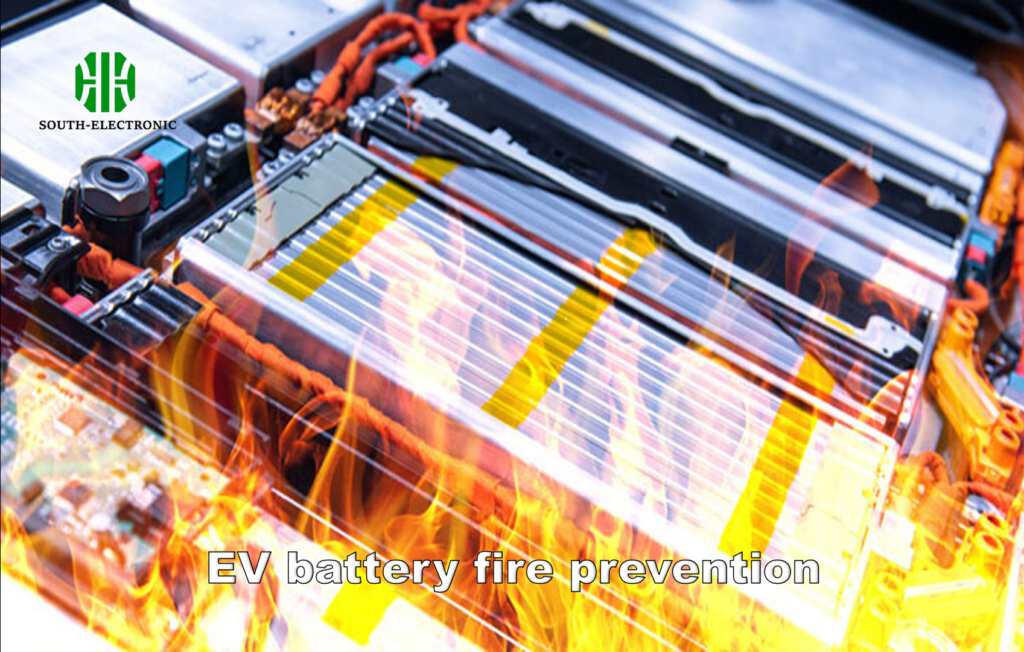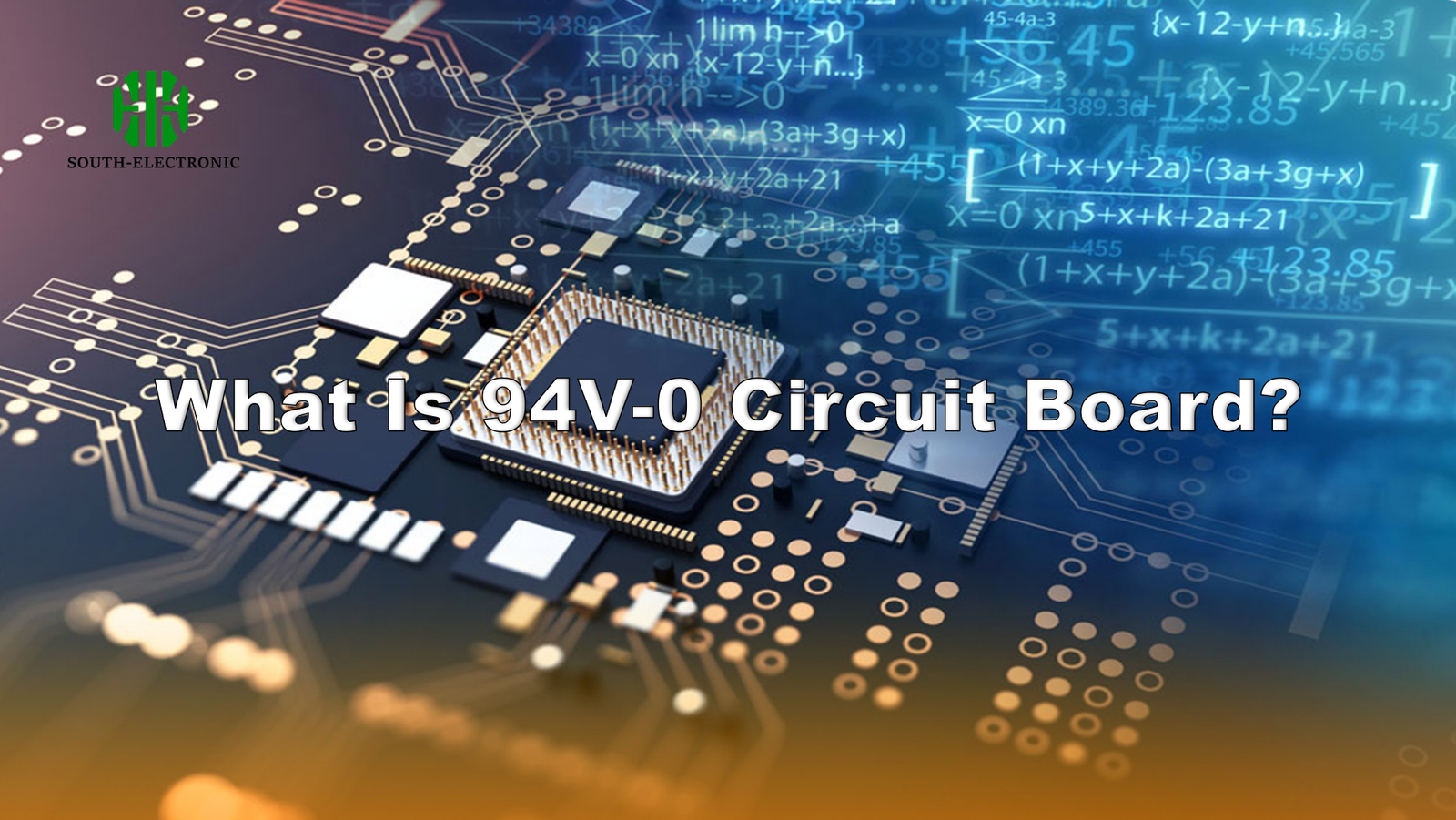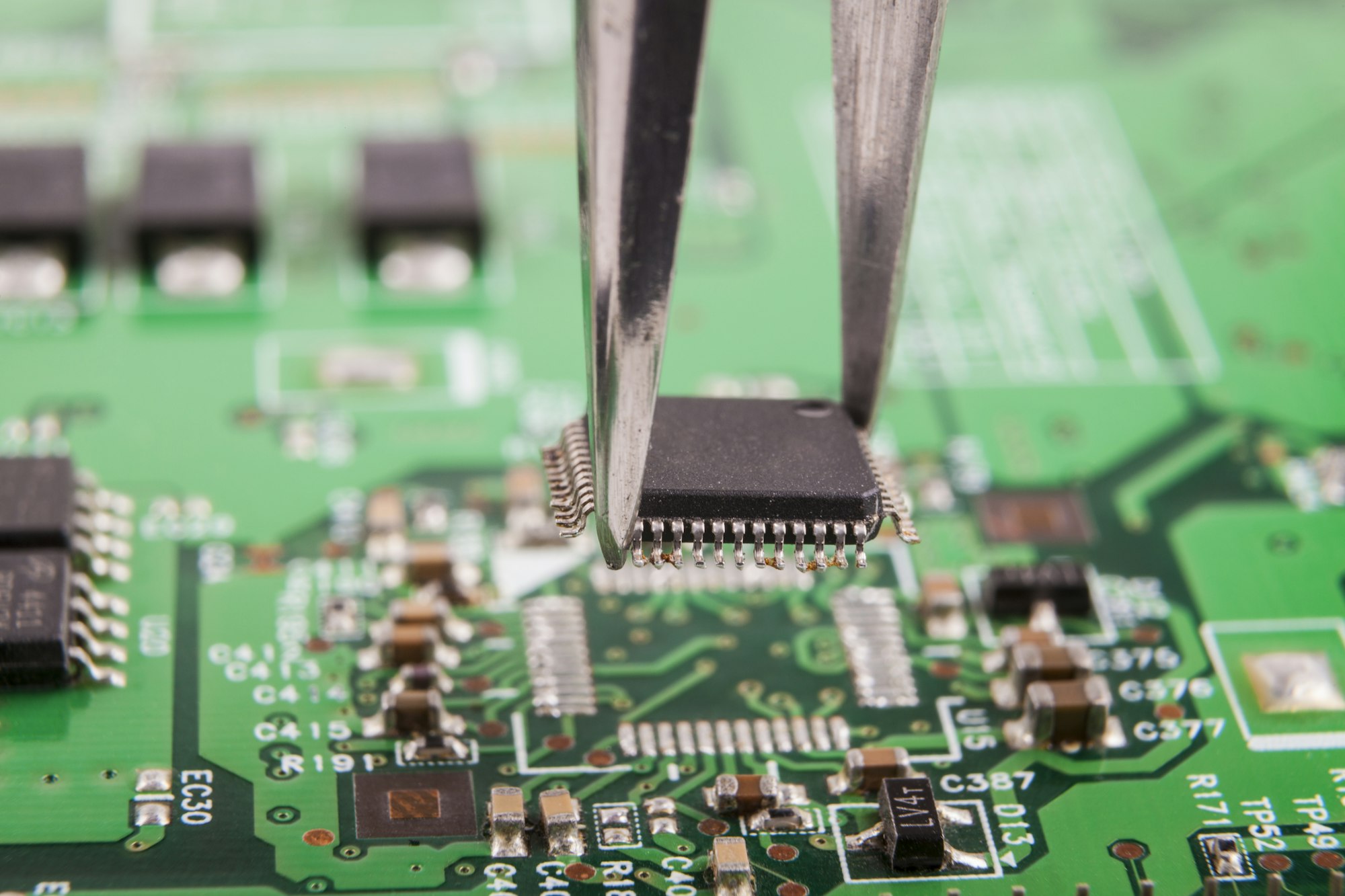Imagine a lithium battery catching fire mid-flight or a car’s control system melting in extreme heat. Electrical fires destroy over 50,000 homes yearly. The 94V-0[^1] standard exists to prevent these disasters.
A 94V-0 circuit board is a flame-resistant PCB[^2] that self-extinguishes[^3] within 10 seconds, certified under UL94’s strictest flammability standard. Mandatory in high-risk industries, it stops electrical fires by using halogen-free materials that resist ignition and limit smoke emission.
)
Let’s unpack why this standard dominates fire safety tech—and how it’s saving lives in environments where failure isn’t an option.
Why Does 94V-0 Matter for Fire Safety in Electronics?
A medical ventilator sparked a hospital fire in Houston. Why? Its uncertified PCB kept burning after a short circuit. 94V-0 targets precisely this failure mode.
94V-0 prevents catastrophic failures by ensuring PCBs self-extinguish flames ≤10 seconds with ≤50mm burn length. It minimizes toxic smoke in enclosed spaces like planes/EV batteries, meeting aviation (DO-160) and automotive (ISO 26262) safety mandates.
)
Beyond Compliance: Industry-Specific Risks
| Application | Risk Scenario | 94V-0’s Role |
|---|---|---|
| Aerospace | Oxygen-rich cabin environments | Halts flames before reaching fuel systems |
| Automotive EV | Battery thermal runaway | Buys critical evacuation time via flame arrestment |
| Medical ICU | High-voltage equipment clusters | Prevents fire escalation in life-critical devices |
| Industrial IoT | Overloaded power circuits | Reduces factory fire risks during electrical faults |
The standard directly addresses two thermodynamic realities:
- Polymer ignition temperatures[^4] (94V-0 materials require ≥500°C vs. standard FR-4’s 320°C)
- Flame propagation speed (limited to 50mm/min under vertical burn tests)
How Do You Test a PCB for 94V-0 Compliance?
A Dallas PCB factory failed certification after their boards burned for 11 seconds. The culprit? Incorrect resin-to-glass ratio in substrate layering.
UL94 Vertical Burn Test[^5] protocol requires:
- Sample prep: 0.8mm-3.0mm thick bare boards, 20 test specimens
- Flame exposure: 20mm blue flame applied twice for 10sec
- Pass criteria: Self-extinguish ≤10sec post-flame, burn length ≤50mm, no flaming drips**
)
Test Process Breakdown
| Stage | Key Parameters | Failure Points |
|---|---|---|
| Pre-conditioning | 48hrs @23°C/50% humidity | Moisture changes burn characteristics |
| First ignition | 10sec flame contact | Edge delamination starts flame spread |
| Second ignition | Repeat after 30sec cooling | Excessive charring indicates failure |
| Post-test | Measure burn length/drips | Dripping ignites cotton below sample |
Material engineers use thermogravimetric analysis[^1] (TGA) to validate flame retardant additives like phosphorus compounds before physical tests. Key ratios:
- 8-12% bromine in epoxy resin (Br content 30sec | Allowed | Consumer toys <0.8mm thick |
| V-2 | ≤30sec | Ignitable | Basic home appliances |
| V-1 | ≤30sec | Non-ignitable | Industrial controls |
| V-0| ≤10sec| None | Automotive/Aerospace |
| 5VB | ≤60sec | None | High-voltage switchgears |
| 5VA | ≤60sec | None | Military-grade hardware |
*Under 500W burner flame
Key distinction: V-0 evaluates vertical burn speed, while 5V ratings test horizontal flame spread under intense heat (5VA/5VB require surviving five flame applications). 94V-0 prioritizes rapid extinguishing—critical in confined spaces with oxygen flow.
Conclusion
94V-0 PCBs act as firebreaks in critical systems, buying lifesaving seconds through rigorously tested materials. From your car’s ABS to flight controls, this unseen protector saves billions annually.
[^1]: Understanding the 94V-0 standard is crucial for ensuring safety in electronics, especially in high-risk environments. Explore this link to learn more.
[^2]: Flame-resistant PCBs are vital for fire safety in electronics. This link offers detailed information on their benefits and applications.
[^3]: Discover how self-extinguishing materials enhance safety in electronics, preventing fires and protecting lives. This resource provides valuable insights.
[^4]: Learning about polymer ignition temperatures is vital for selecting materials that enhance fire safety in various applications.
[^5]: Exploring the UL94 test will provide insights into PCB safety standards, essential for manufacturers and engineers.
[^6]: Explore this resource to understand how TGA helps validate flame retardant additives, ensuring safety in materials.



